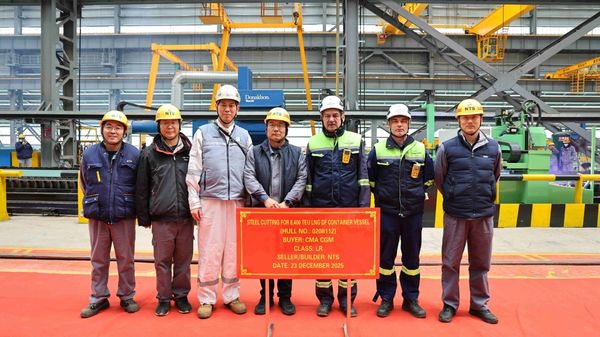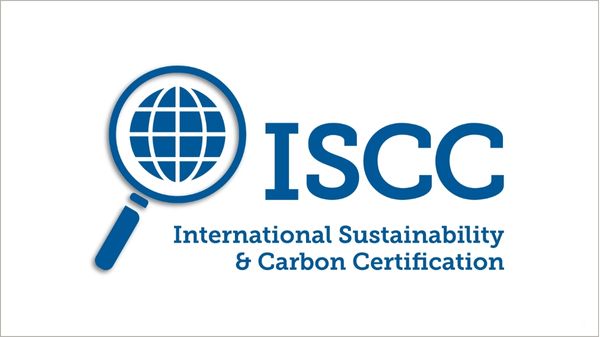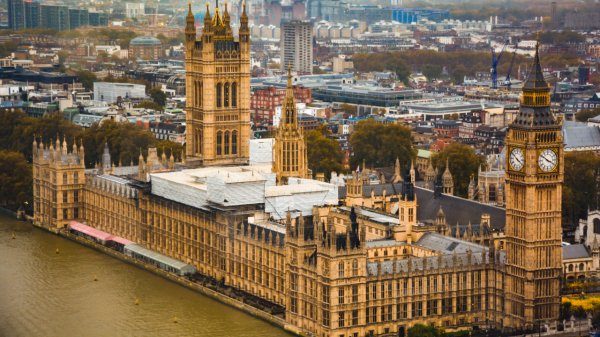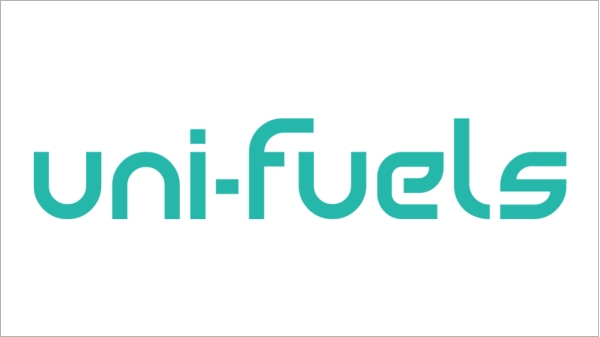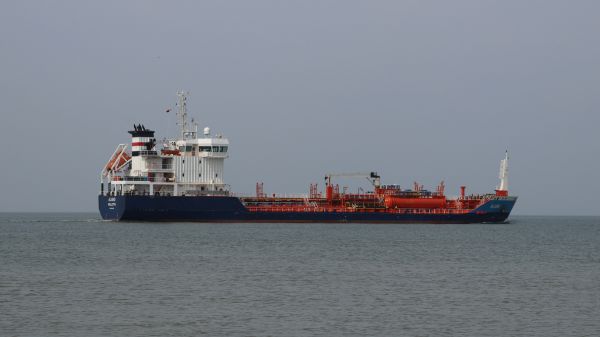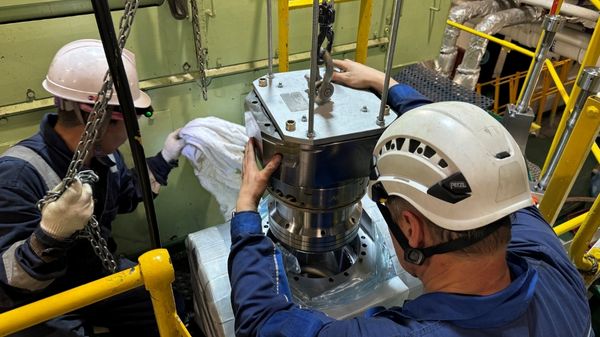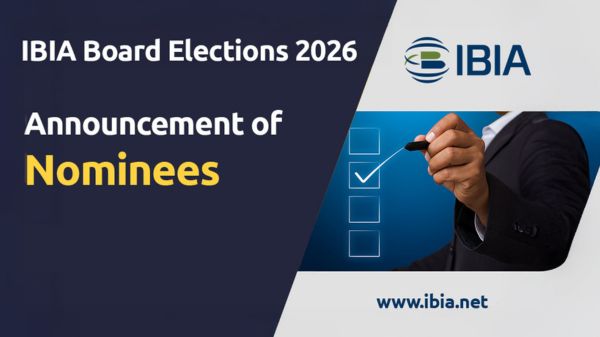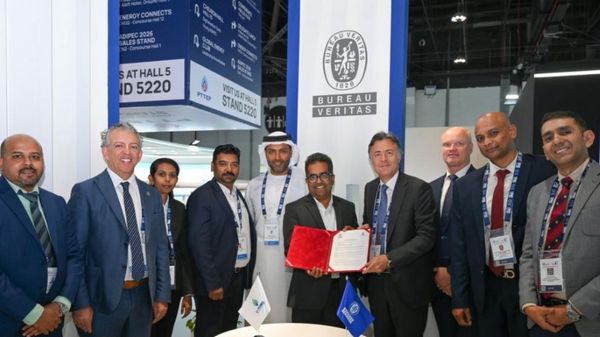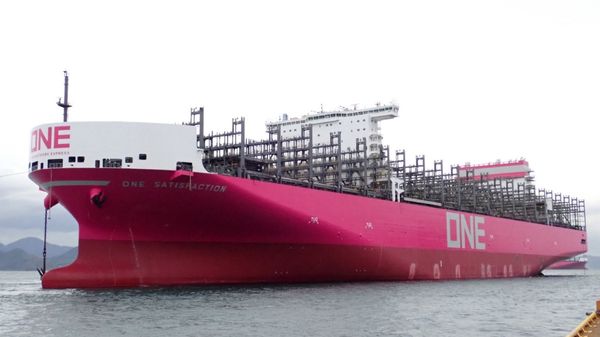ABB Turbocharging has released its Flexible integrated Turbocharging System for Two-Stroke Engines (FiTS2) at the Marintec trade fair in Shanghai, China.
The new sequential turbocharging system is said to allow maximum fuel savings for two-stroke engines at part and low load, and at the same time maintain the flexibility to go to full engine output immediately.
According to ABB, the potential for bunker savings can be as much as
three percent, depending on load profile.
"
FiTS2 is the result of ABB's continued commitment to reduce fuel consumption and emissions," ABB said in a statement. It has been developed in collaboration with low-speed two-stroke engine designer Winterthur Gas & Diesel Ltd. (WinGD), which has developed a special tuning for FiTS2.
ABB claims the new technology will enable two-stroke engine builders to offer more flexibility, increasing the potential for higher efficiency and lower operating costs for their customers.
NOx emissions from engines fitted with FiTS2 will also remain within IMO Tier II limits, while additional abatement technologies such as SCR or EGR can be used to comply with IMO Tier III NOx emissions and will not greatly affect the system while still delivering bunker-saving benefits, ABB says.
On the issue of bunker costs, ABB explained: "Past high fuel prices and low vessel demand led to an increase in 'slow steaming' for very large cargo ships, resulting at times in operation outside of original design parameters and therefore causing increased maintenance and repair costs. Typical fuel bills for such vessels have been cited by McKinsey & Co as '
the largest cost item for shipping lines' and '
often exceeding 40 percent of all costs' despite current lower oil prices.
"As the market also continues to see the financial impact of overcapacities, FiTS2 is aimed at addressing the sustained cost versus operational flexibility challenge. FiTS2 will enable two-stroke engines to operate more efficiently at lower loads, while still enabling rapid return to full engine power without compromise on original design-point efficiencies. As a result, significantly higher savings can be achieved with FiTS2."
Joachim Bremer, Head of Product Line Low-Speed, ABB Turbocharging, noted: "From an operator's or charterer's perspective, FiTS2 efficiency benefits will enable major cost reductions. Considering for example a typical current fuel bill of $3 to $4 million per year for very large crude oil carriers, FiTS2 has potential to provide fuel cost savings of up to
$100,000 per year compared with levels typically achievable using conventional turbocharging systems. Big savings are also possible for other vessel types, e.g. for container vessels and can amount to
$1 million or more over 10 years. The
payback of initial costs can be less than two years, making the FiTS2 solution very attractive."
Cost optimization
To optimize engine efficiency via improved turbocharging in low and part load, the engine runs in lower loads with only one turbocharger in operation, whereas at higher loads (typically above 50 to 60 percent engine load) two turbochargers operate simultaneously. The same principle is applied for very large engines - with FiTS2 they will run with two turbochargers in lower loads and with all three turbochargers for higher load operation. The cut-off valves for the FiTS2 system are flow-optimized and integrated with the turbocharger casings, providing a compact and lean design. Furthermore, the valves can be operated rapidly and automatically under load, without interrupting operation of the engine up to full load.
Cut out of one turbocharger for lower engine loads leads to higher scavenging air pressure, increasing the compression ratio and firing pressure optimized by special tuning of FiTS2. The result, ABB says, is enhanced engine efficiency and lower specific fuel consumption while remaining compliant with emission regulations.
ABB also adds that the robust design and very wide compressor maps of ABB's A100-L and A200-L turbocharger series allow switching under load without surging, and that there are no requirements for additional by-pass valves or pipework.
ABB says an additional benefit comes from the possibility to switch off the electrically-powered auxiliary blowers at 25 percent engine load, instead of around 35 percent load. This enables additional savings via reduced power consumption and lower blower maintenance costs due to significantly fewer operating hours.
Dominik Schneiter, Vice President Research & Development at WinGD, said: "In our long-lasting strategic cooperation with ABB, WinGD has developed its own engines with features such as optimized two-stroke Miller tuning, high boost pressure ratios, and part load optimized waste gate applications. With the new FiTS2, ship operators can now further benefit considerably from lower auxiliary power consumption, improved response time, and lower fuel consumption of the main engine, improving the CO2 footprint of their ships at low and mid-load conditions. In today's changing market conditions such flexibility is a valuable asset to our customers."

